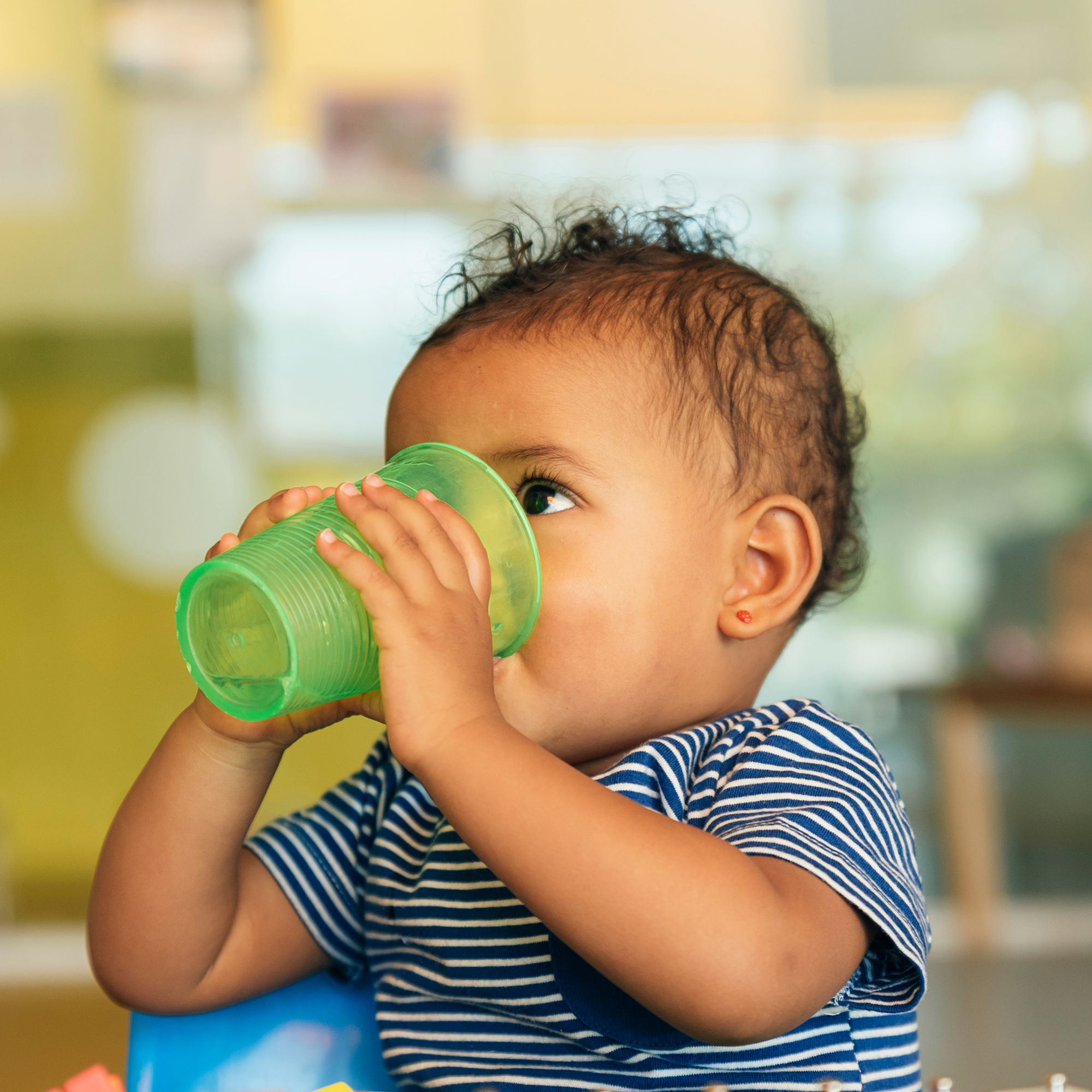More about Lead in Drinking Water
Lead is an element found in the environment, but it is not naturally occurring in drinking water. Lead can leach into drinking water because of corrosion taking place in plumbing materials, service lines, faucets and fixtures that contain lead. As an effort to protect public health, in 1991, the Environmental Protection Agency (EPA) created the Lead and Copper Rule (LCR) to limit lead exposure in drinking water. This rule was intended to limit health concerns and risks in impacted communities.
Lead exposure in drinking water can cause health issues in adults and children. In adults the health problems can include cardiovascular issues including high blood pressure and hypertension, decreased kidney function and reproductive problems. In children the health effects of lead exposure can impact them before birth. Pregnant women may experience increased likelihood of premature birth and reduced growth of the fetus. The aftermath for children after they are born can include impacts such as behavioral and learning problems, lower IQ and hyperactivity, delayed growth, hearing problems, and anemia.
With an increased emphasis on the negative health effects of lead exposure on all communities the EPA has recently revised the Lead and Copper Rule, creating the Lead and Copper Rule Revisions (LCRR). The LCRR includes updated sampling techniques and requirements, an increase in public/community outreach, and the replacement of active lead service lines within a Public Water Systems (PWS) distribution system. These revisions include a greater emphasis on eliminating lead in drinking water which eliminates exposure to vulnerable populations, which include children. The EPA has included new lead and copper sampling requirements in schools and childcare facilities being services by a PWS. To be proactive in achieving these new requirements, CCWA has been working diligently to jumpstart community outreach and begin sampling at schools and childcare facilities before the 2025 LCRR implementation date. Information below provides insight on what sampling requirements look like for schools and childcare facilities and how CCWA is meeting those requirements.
Sampling in Childcare Facilities:
For the first time, the new LCR is requiring community water systems, like CCWA, to test for lead in drinking water at licensed childcare facilities that they serve. This ensures that children who may be at increased risk for lead exposure are protected where they spend majority of their time learning and playing. CCWA is also required to provide timely results in addition to information about the actions that childcare facilities can take to reduce lead in drinking water. This required sampling will take place at each licensed facility by a CCWA Water Quality Lab staff member.
Lab staff will be required to collect two 250-milliliter (mL) samples from separate cold-water faucets that are used for drinking or cooking at each establishment. These samples will be collected after the water has been stagnant at the site for at least eight hours but not longer than 18 hours. Once these samples are collected, they will be sent to a certified third-party lab for analysis. Once the results are received, they will be shared with each facility.

Sampling in Schools:
Elementary schools are also to be tested by CCWA for lead and copper. While elementary schools house the most vulnerable age group of children, middle and high schools can request to have their water tested for lead as well. For elementary schools testing will occur in schools built before 2014, even if renovations occurred after 2014. This sampling will also be conducted by CCWA Lab staff, and they will collect five 250-millileter (mL) samples from five separate cold-water faucets that are used for drinking or cooking within each school. These samples will also be collected after the water has been stagnant for at least eight hours but not longer than 18 hours, at each school. Once these samples are collected, they will be sent to a certified third-party lab for analysis. Once the results are received, they will be shared with each facility.
CCWA has been working diligently to develop a comprehensive sampling program that allows staff to begin sampling and complete all school and daycare sampling requirements as quickly and efficiently as possible. This outreach includes reaching out to licensed daycares and childcare facilities to set up sampling that meets their individual needs and working with Clayton County Public Schools to efficiently sample at all required schools. We will continue to share information and updates with you as we work directly with schools, childcare facilities, and other partners in the community to achieve this compliance requirement.

